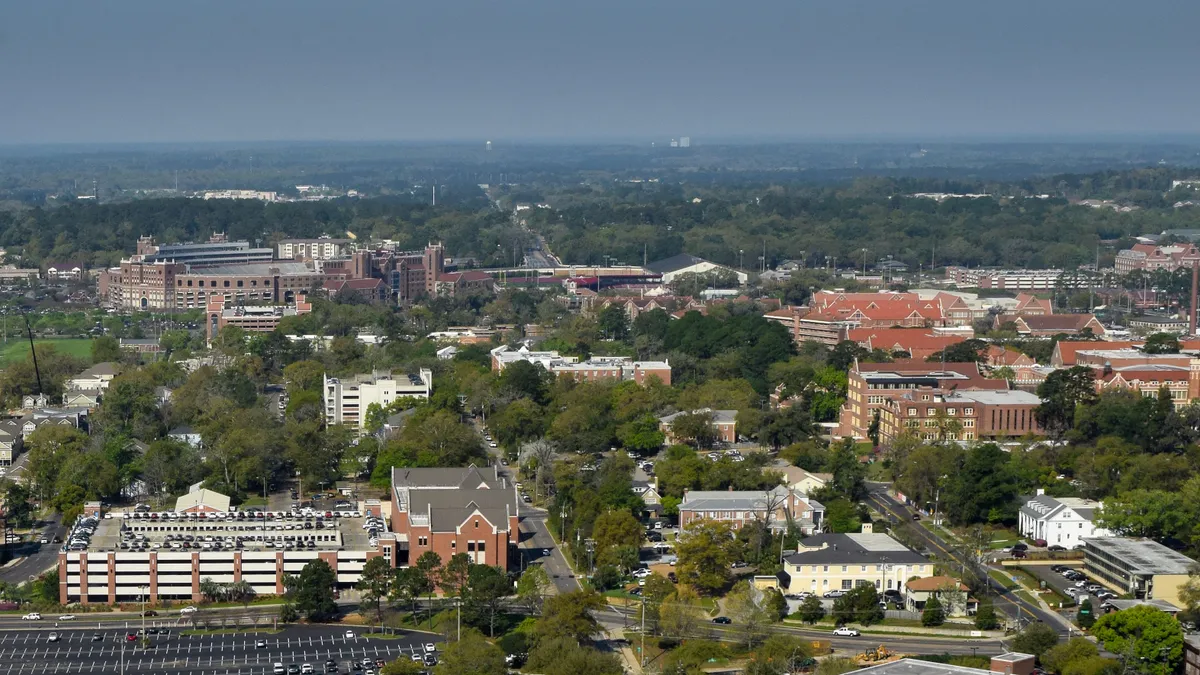Dive Brief:
- Elite private institutions are the nation's best at helping low-income students become high-earning graduates, but mid-level public institutions, like California State University - Los Angeles, are among the nation's best at producing the greatest number of graduates moving from one economic status to a higher tier of household earnings.
- Campus Technology profiles a recent study from the Equality of Opportunity Project, which scores institutions which accept students from the bottom fifth of average income on their ability to send graduates out who place among the nation's top fifth in average income.
- While students from the same institution typically go on to earn similar incomes regardless of their socioeconomic status upon entering college, those campuses which admit a more economically diverse population score higher on the mobility index — despite spending less per student than elite institutions.
Dive Insight:
Student access is among the fastest-rising leadership priorities at most colleges and universities, and has become a primary discussion point in conversations about endowment management and learning delivery systems. While most presidents have made a point of selling the value of the college experience as a defense of the costs, other leaders are seeking ways to bolster the academic experience of graduates with credentialing, and workforce development programs to complement the learning culture.
College leaders are well-served by working with corporate and federal partners to determine the future workforce needs of their states and regions — and to find ways to expand pathways for low-income families between the college campus and secondary and community college systems — to better justify continuing investment in higher education from legislative and family perspectives.








